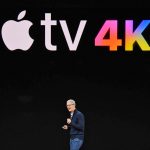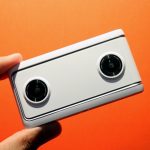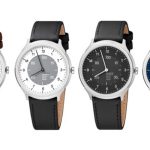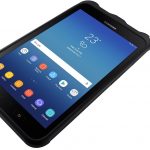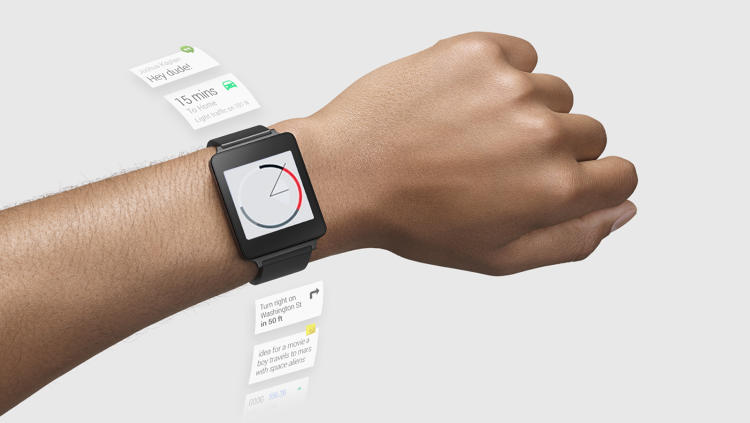Google finds Who in reality makes use of A Smartwatch
right now, Google says smartwatch customers fall into two camps: The cord-cutters, and the hyperconnected. And it plans to accommodate both.
Editor: Suzanne LaBarre
whereas the Apple Watch isn’t due out except next year, watches working Google’s Android put on have been out for 4 months now. lately, Android put on watches will see their first major update and the corporate tells us that they’ve learned a lot in that point. Most significantly, the watches, which at the moment depend fully on a Bluetooth-connected smartphone to operate, will get a brand new offline mode with a purpose to allow you to monitor a run via GPS or take heed to music–all without having to take your cellphone alongside. Android wear Director David Singleton calls these phoneless moments “every now and then connected experiences.” “we think this begins to put the constructing blocks for one thing in an effort to happen more and more,” Singleton tells Co.Design. “There shall be occasions you’ve your cellphone, and occasions you just have your watch.”

however other changes will stem from the higher lesson they’ve learned within the last 4 months, that users are falling into two camps–folks who view a smartwatch as a means to disconnect, and people who feed on the regular, digital drip of every electronic mail, SMS, and notification that comes in. And while sounds paradoxical, and even unhealthy, Singleton believes that each of these use cases ease the anxiousness of their respective users in their very own ways.
“We in reality started to note this [divide] internally developing the merchandise. We knew ahead of we launched, there was a set of customers who felt being hyperconnected was one thing they wanted strongly,” Singleton explains. “[Knowing] there’s nothing urgent helps them really feel truly at ease. Wrapping our head around that–it was once one thing we had to learn. And it’s one thing we’ve come to peer as folks purchase the devices.” reality be told, that’s fully the kind of person that Android put on launched to beef up. It’s slightly simple, in the end, to present somebody a flow of everything. Being sensible and selective is much more tough. “within the second camp, the oldsters need to be linked, however they work more in triage mode,” Singleton continues, “this means that, it’s great for me so as to recognize if any urgent interruptions came in, like a telephone name, or SMS from my spouse. but other stuff, possibly my electronic mail, I’m happy to take care of later.” For this camp–the camp I might be so bold as to call most of us–the Android put on group has finished a few issues. First, they’ve used this data to tell the development of Google’s new Android L smartphone tool. The team built a characteristic called priority Notification Mode, in which a consumer can be very particular to, say, obtain all calls that are available in, no emails, and simply the SMS from just a few important people.

moreover, Android wear has a brand new “peeking card” watch face mode that makes notifications seem, not as a card that takes up lots of the reveal, but a subtler tab that you can pull on to expand or swipe away to disregard. “We talked at I/O about bringing Android to extra displays…and we take into consideration the same users going about their are living across more units. Their dissimilar wants don’t exchange, but we’ve to provide them [the right amount of] knowledge across contexts,” Singleton says. “[With Android Wear] it was once a core design goal of ours for people to stay extra existing in their real world engagement, however that doesn’t essentially imply reducing down their engagement with their emails. “ read extra on the replace here.
(181)




